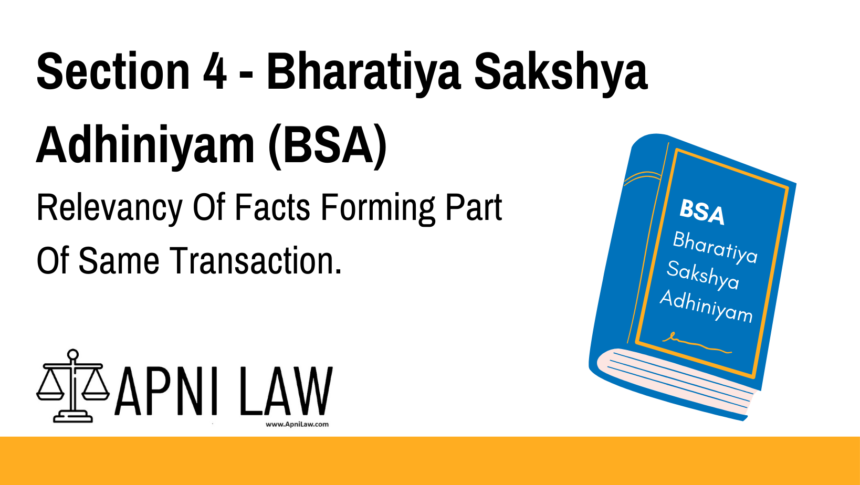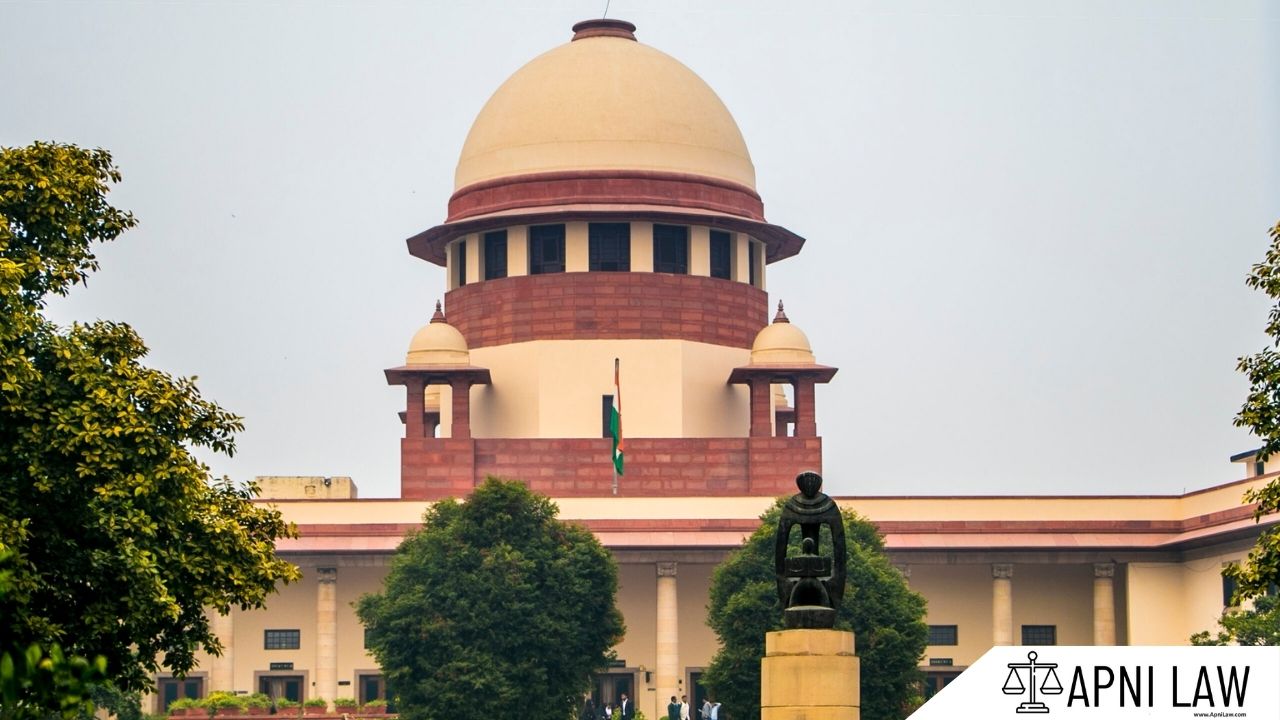Code
Facts which, though not in issue, are so connected with a fact in issue or a
relevant fact as to form part of the same transaction, are relevant, whether they occurred at
the same time and place or at different times and places.
Illustrations.
(a) A is accused of the murder of B by beating him. Whatever was said or done by A
or B or the bystanders at the beating, or so shortly before or after it as to form part of the
transaction, is a relevant fact.
(b) A is accused of waging war against the Government of India by taking part in an
armed insurrection in which property is destroyed, troops are attacked and jails are broken
open. The occurrence of these facts is relevant, as forming part of the general transaction,
though A may not have been present at all of them.
(c) A sues B for a libel contained in a letter forming part of a correspondence. Letters
between the parties relating to the subject out of which the libel arose, and forming part of
the correspondence in which it is contained, are relevant facts, though they do not contain
the libel itself.
(d) The question is, whether certain goods ordered from B were delivered to A. The
goods were delivered to several intermediate persons successively. Each delivery is a
relevant fact.
Explanation
Section 4 establishes that even if a particular fact is not directly in issue, it may still be considered relevant if it’s part of the same transaction. This is vital for understanding the full context of an event and is commonly known under the principle of res gestae.
In simple terms, facts that happen immediately before, during, or after the main event — and are inherently linked — are admissible in court to explain the entire story.
Illustrations
Here are illustrations provided under this section, which clarify its scope:
- (a) A is accused of the murder of B by beating him.
➤ Whatever was said or done by A or B or the bystanders at the beating, or so shortly before or after it as to form part of the transaction, is a relevant fact. - (b) A is accused of waging war against the Government of India by taking part in an armed insurrection in which property is destroyed, troops are attacked and jails are broken open.
➤ The occurrence of these facts is relevant, as forming part of the general transaction, though A may not have been present at all of them. - (c) A sues B for a libel contained in a letter forming part of a correspondence.
➤ Letters between the parties relating to the subject out of which the libel arose, and forming part of the correspondence in which it is contained, are relevant facts, though they do not contain the libel itself. - (d) The question is, whether certain goods ordered from B were delivered to A.
➤ The goods were delivered to several intermediate persons successively. Each delivery is a relevant fact.
Common Questions and Answers
Q1. What does “same transaction” mean in legal terms?
A: It refers to a sequence of connected events that occur in such a way that they explain or complete the main act in question. This could be immediate or spread over time and place.
Q2. Can statements made after an event be part of the same transaction?
A: Yes, if the statements are made closely in time and relate directly to the incident, they are considered part of the same transaction.
Q3. Is Section 4 applicable in both civil and criminal cases?
A: Yes, this principle of relevancy is fundamental in both types of proceedings








